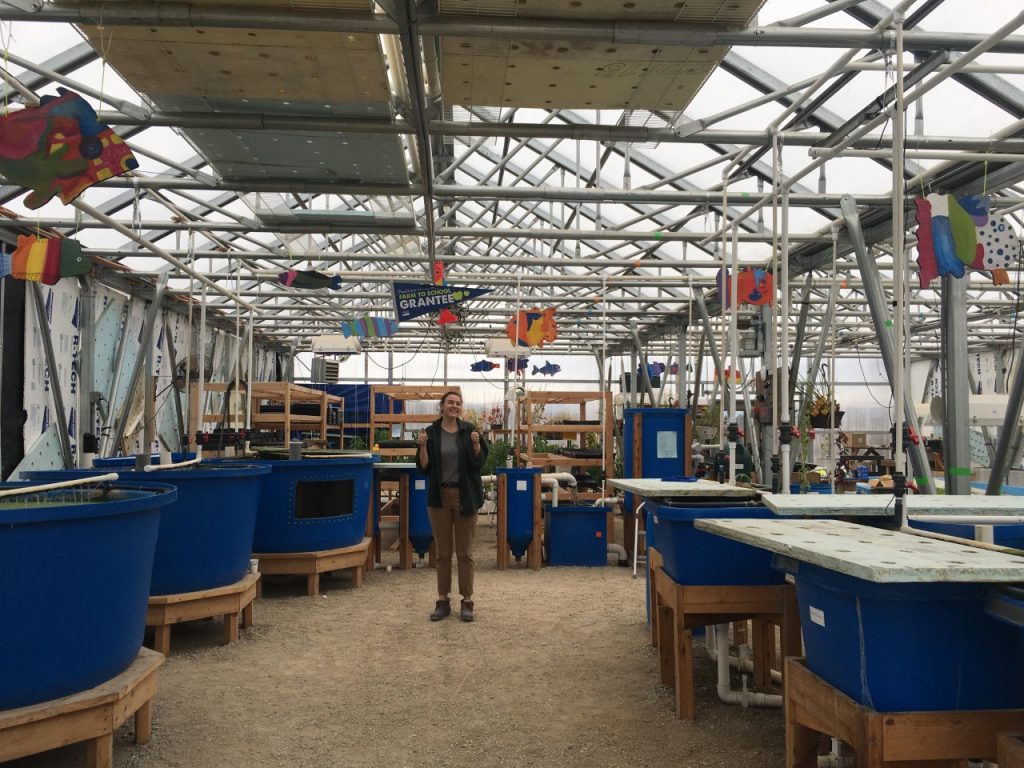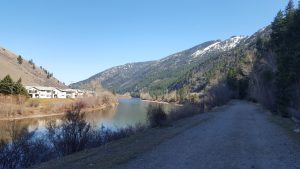By Olivia Kersey Bronec
During this stressful and scary time many people in the world are working from home, laid off, or spending their hours in their homes. As Montana keeps schools closed and large group gatherings forbidden, the future seems unknown and uncertain. We wait with baited breath, craving a collective sigh of relief when things return to ‘normal’. As National Service Members we come into this experience wanting to serve our community and make a difference. This desire to serve only grows as we watch our world, our country, and our communities struggle to make sense of this pandemic. Many service organizations have stopped service or gone online for the safety of their staff and members. I listen and witness my peers feeling stuck or struggling to find meaning and purpose in their service. Our service looks different now. This change feels sudden and frustrating. How do we as AmeriCorps/EnergyCorps members adapt to the new needs of our communities? Or continue on with programs we scheduled so many months ago, unaware of the place we all seem to find ourselves? This is what adaption looks like. It’s painful and frustrating. And yet it is necessary now more than ever. As my service morphs and develops with my communities new needs, I find that my internal desire to serve my community has been rekindled. Now more than ever, our world needs a rekindling of our service flame.
As an aquaponics greenhouse manager, my service is deemed essential work in the state of Montana. I provide lettuce and produce to the Frenchtown and Missoula communities. Yet I feel that drastic switch in my duties. I no longer teach lessons for the Frenchtown schools and my lettuce no longer goes to the student’s lunches. I remember when I signed up for this year of service, those were the main components of my position description. What new needs do my communities have and how can I step up to meet them?
The day they closed schools and restaurants, I had about 200 heads of lettuce ready to go into the students lunches the following day. What do we do with this all now? What is the need for people now? Our community needed a safe way to get fresh produce. We began offering it to teachers and staff, delivering it directly to their classrooms. We donated 25 pounds of lettuce to the Missoula Food Bank. We added our lettuce to a service that allows for people in the Missoula area to choose to have it delivered to their homes. The changes were not flawless, but they were necessary. Every day I continue going into the greenhouse, feeding fish, growing lettuce, and adapting my service.








